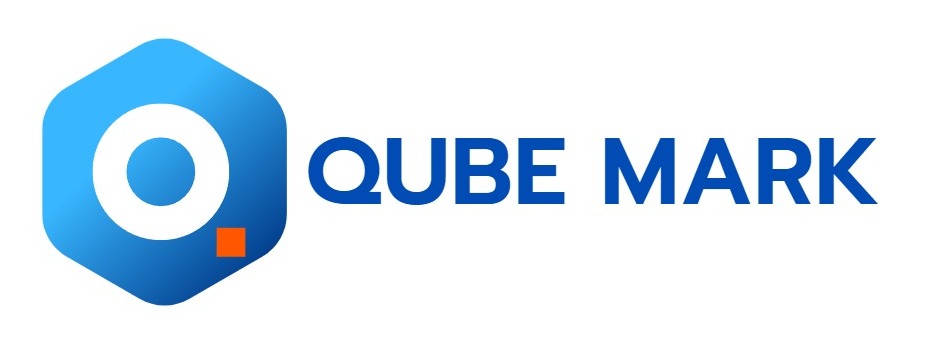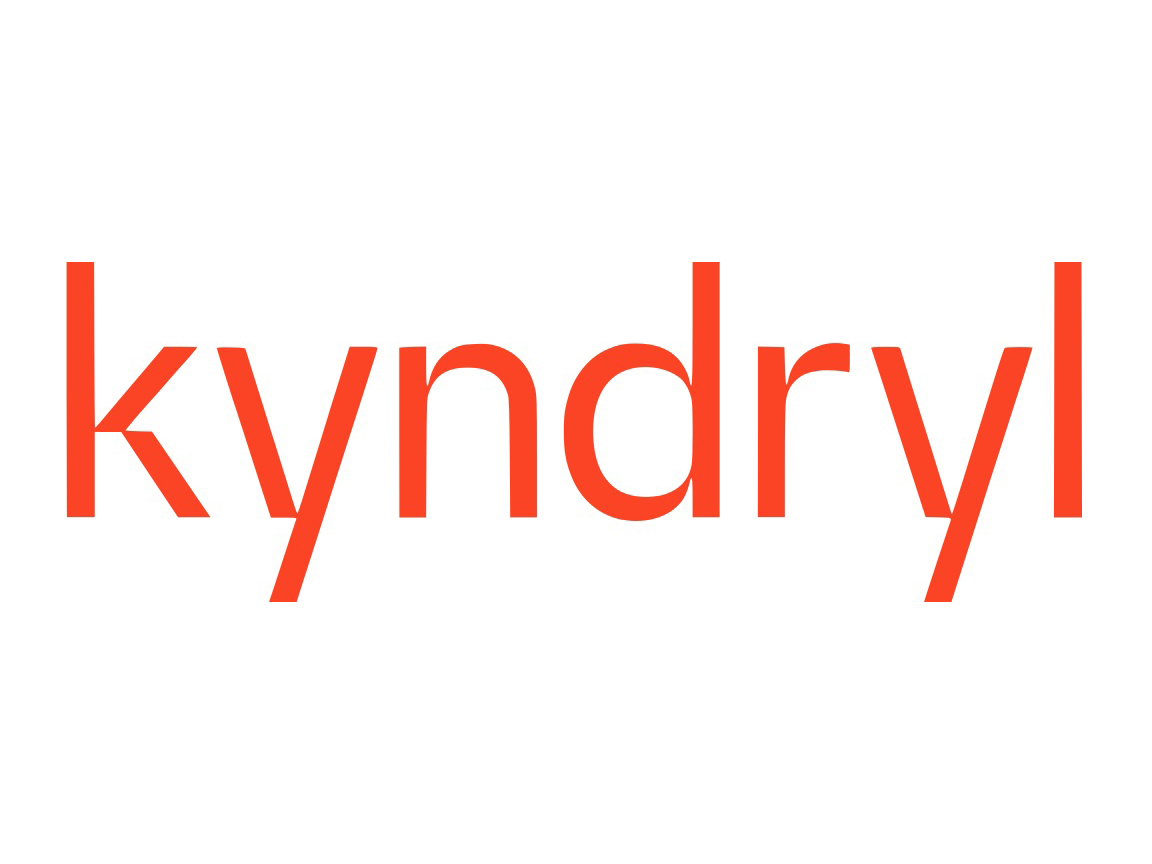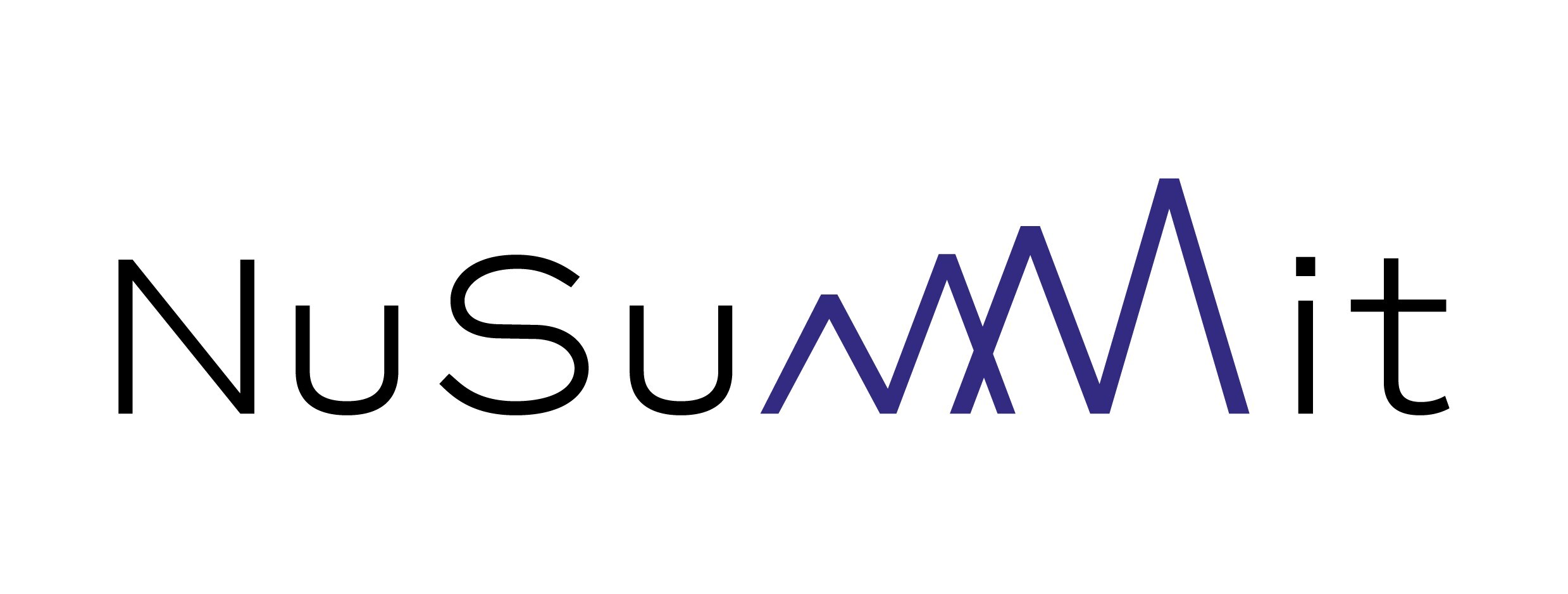NEW YORK, Feb. 4, 2025 -- Report on how AI is redefining market landscape - The global machine translation market size is estimated to grow by USD 1.23 billion from 2024-2028, according to Technavio. The market is estimated to grow at a CAGR of 15.89% during the forecast period. Increasing demand for content localization is driving market growth, with a trend towards rising use of multilingual AI. However, availability of open-source machine translation service tools poses a challenge. Key market players include Alphabet Inc., ARGOS TRANSLATIONS Sp. Z o.o., Babylon Software Ltd., Cloudwords Inc., CSOFT International Inc., Global Lingo Ltd., Honyaku Center Inc., International Business Machines Corp., Lingotek Inc., Lingua Custodia, Lionbridge Technologies LLC, Microsoft Corp., Omniscien Technologies, Promt, SYSTRAN SA, Teleperformance SE, thebigword Group Ltd., TransPerfect Global Inc., Welocalize Inc., and RWS Holdings PLC.
Key insights into market evolution with AI-powered analysis. Explore trends, segmentation, and growth drivers- View Free Sample PDF
Machine Translation Market Scope | |
Report Coverage | Details |
Base year | 2023 |
Historic period | 2018 - 2022 |
Forecast period | 2024-2028 |
Growth momentum & CAGR | Accelerate at a CAGR of 15.89% |
Market growth 2024-2028 | USD 1233.9 million |
Market structure | Fragmented |
YoY growth 2022-2023 (%) | 14.6 |
Regional analysis | North America, Europe, APAC, South America, and Middle East and Africa |
Performing market contribution | North America at 29% |
Key countries | US, Canada, China, Germany, and UK |
Key companies profiled | Alphabet Inc., ARGOS TRANSLATIONS Sp. Z o.o., Babylon Software Ltd., Cloudwords Inc., CSOFT International Inc., Global Lingo Ltd., Honyaku Center Inc., International Business Machines Corp., Lingotek Inc., Lingua Custodia, Lionbridge Technologies LLC, Microsoft Corp., Omniscien Technologies, Promt, SYSTRAN SA, Teleperformance SE, thebigword Group Ltd., TransPerfect Global Inc., Welocalize Inc., and RWS Holdings PLC |
Machine translation (MT) is a rapidly growing market driven by the need for multilingual communication in various industries. Artificial intelligence (AI) and deep learning techniques, including deep neural networks, are trending in MT, enabling better quality and accuracy. Big data and internet penetration have expanded language data availability, benefiting language service providers. E-commerce, education, healthcare, legal services, and travel industries are major consumers of MT. Chatbots and real-time translation are increasing demand for multilingual customer support. Hybrid approaches combining AI and professional linguists ensure domain-specific adaptation and quality. Limited language coverage remains a challenge, but advancements in natural language processing, natural language understanding, and speech recognition are addressing this issue. Emerging economies with increasing internet users are also driving the market growth.
In today's globalized business landscape, effective communication across linguistic borders is essential for companies and organizations. Multilingual Artificial Intelligence (AI) technology bridges this gap by enabling seamless communication with customers, partners, and stakeholders in different regions. By automating translation tasks, multilingual AI streamlines processes and improves access to information and services for individuals speaking less commonly supported languages. Advertising agencies and marketing firms are leveraging advanced neural technologies to provide next-generation machine translation solutions. These solutions not only offer accurate translations but also utilize customer data to customize advertisements and localize content based on demographics and purchase history. This results in more effective marketing strategies and enhanced customer engagement.
Request Sample of our comprehensive report now to stay ahead in the AI-driven market evolution!
• Machine translation (MT) is a growing market driven by the need for multilingual communication and content in various industries. AI and deep learning techniques, including neural networks and deep neural networks, are revolutionizing MT. However, challenges persist, such as limited language coverage, quality and accuracy, and domain-specific adaptation. Big data and internet penetration are expanding language data availability, benefiting MT. E-commerce, education, healthcare, legal services, and travel industries are major MT users. Chatbots and real-time translation are emerging applications. Hybrid approaches combining AI and professional linguists ensure better quality. Challenges include communication infrastructure, internet users, and language localization. Speech recognition and natural language processing/understanding are future trends. Despite these challenges, MT's role in multilingual communication and content creation is indispensable.
• The machine translation market witnesses the presence of several vendors offering open-source services, primarily available online. These open-source solutions have gained popularity due to the increasing availability of advanced software like Translation Memory (TM), Translation Management Software (TMS), and Computer-Assisted Translation (CAT) tools. While proprietary versions of these tools can be costly, such as SDL Trados Studio, SMEs often opt for free open-source alternatives. Tools like Omega T Open TM2, Anaphraseus, Apertium, and Moses offer free CAT and machine translation engines, respectively. The affordability of these options puts pressure on pricing strategies of vendors in the market.
Discover how AI is revolutionizing market trends- Get your access now!
This machine translation market report extensively covers market segmentation by
- Application
- Defense
- IT
- Automotive
- Healthcare
- Deployment
- On-premises
- Cloud
- Geography
- North America
- Europe
- APAC
- South America
- Middle East And Africa
- Type
- Human-to-Machine Translation
- Machine-to-Machine Translation
1.1 Defense- The global machine translation market is experiencing significant growth due to the increasing demand for advanced electronic warfare systems in defense sectors. These systems are essential for safeguarding critical assets and infrastructure, as well as countering unconventional security threats. Machine translation plays a crucial role in the development of electronic warfare systems, particularly in intelligence gathering, stealth capabilities, and precision attacks. Modern electronic warfare systems offer combined functions of support, protection, and attack in one unit, along with defensive countermeasure solutions. Real-time impact recording and threat library updates are also key features of these systems. Equipment used in electronic warfare is undergoing functional advances through algorithm and software progressions, which enhance operational capabilities. Installed on land, air, sea, or space vehicles, electronic warfare systems are also available in lighter, smaller packages with lower power requirements. These factors are driving the demand for machine translation in the defense industry and, consequently, fueling the growth of the global machine translation market.
Download a Sample of our comprehensive report today to discover how AI-driven innovations are reshaping competitive dynamics
Machine translation (MT) is a subfield of computational linguistics that utilizes Artificial Intelligence (AI), deep neural networks, and natural language processing to translate text from one language to another. The market for machine translation is growing rapidly due to the increasing demand for multilingual communication in the digital age. With the proliferation of digital content in industries such as e-commerce, travel, and healthcare, the need for accurate and efficient translation solutions is greater than ever. Neural networks and deep learning techniques are driving advancements in machine translation, enabling more natural and contextually accurate translations. Factors such as internet penetration, smartphone penetration, communication infrastructure, and big data are fueling the growth of the machine translation market. Language service providers are leveraging these technologies to offer more efficient and cost-effective translation services to businesses and individuals alike. Translation theory and the role of professional linguists continue to be important considerations in the development and implementation of machine translation solutions.
Machine Translation (MT) is a subfield of Natural Language Processing (NLP) that leverages Artificial Intelligence (AI), Deep Learning Techniques, and Neural Networks to translate text or speech from one language to another. With the increasing availability of Big Data and Language Data, MT has gained significant traction in various industries such as E-commerce, Education, Healthcare, Legal Services, and Travel. The emergence of Chatbots and Multilingual Customer Support has further fueled the demand for MT. However, challenges such as Limited Language Coverage, Quality and Accuracy, and Domain-Specific Adaptation remain. Hybrid Approaches combining AI and Professional Linguists are being explored to address these challenges. The growth of Internet Penetration and Smartphone Penetration, along with the increasing number of Internet Users, has expanded the reach of MT, making it an essential component of Multilingual Communication and Multilingual Content Creation. Speech Recognition and Real-time Translation are the latest trends in MT, offering new opportunities for Language Service Providers. Despite these advancements, the MT market faces challenges such as the need for Language Localization and the availability of Digital Content in various languages. The adoption of MT is expected to grow exponentially in Emerging Economies due to the increasing importance of Multilingual Communication infrastructure in business and personal communication.
1 Executive Summary
2 Market Landscape
3 Market Sizing
4 Historic Market Size
5 Five Forces Analysis
6 Market Segmentation
- Application
- Defense
- IT
- Automotive
- Healthcare
- Deployment
- On-premises
- Cloud
- Geography
- North America
- Europe
- APAC
- South America
- Middle East And Africa
- Type
- Human-to-Machine Translation
- Machine-to-Machine Translation
7 Customer Landscape
8 Geographic Landscape
9 Drivers, Challenges, and Trends
10 Company Landscape
11 Company Analysis
12 Appendix
Technavio is a leading global technology research and advisory company. Their research and analysis focuses on emerging market trends and provides actionable insights to help businesses identify market opportunities and develop effective strategies to optimize their market positions.
With over 500 specialized analysts, Technavio's report library consists of more than 17,000 reports and counting, covering 800 technologies, spanning across 50 countries. Their client base consists of enterprises of all sizes, including more than 100 Fortune 500 companies. This growing client base relies on Technavio's comprehensive coverage, extensive research, and actionable market insights to identify opportunities in existing and potential markets and assess their competitive positions within changing market scenarios.
Technavio Research
Jesse Maida
Media & Marketing Executive
US: +1 844 364 1100
UK: +44 203 893 3200
Email: media@technavio.com
Website: www.technavio.com/
This News is brought to you by Qube Mark, your trusted source for the latest updates and insights in marketing technology. Stay tuned for more groundbreaking innovations in the world of technology.









